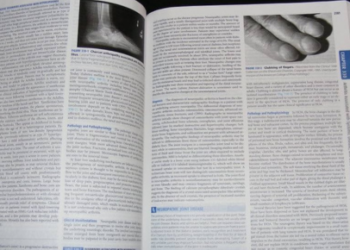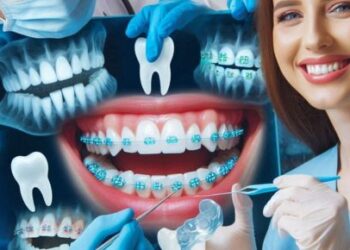As a parent, you want to ensure that your child’s teeth and gums are healthy and strong. At Kokomo family dentistry, we understand the importance of maintaining good oral health in children. One important aspect of pediatric oral health care is oral prophylaxis, also known as dental cleaning. But is oral prophylaxis really necessary for children?
In this article, we’ll explore the importance of oral prophylaxis for children and why it’s an essential part of their oral health care.
What is Oral Prophylaxis?
Oral prophylaxis, also known as dental cleaning, is a procedure that involves removing plaque, tartar, and stains from the teeth. This is typically done by a dentist or dental hygienist using specialized instruments and techniques. Oral prophylaxis is an important part of maintaining good oral health, as it helps to prevent the buildup of plaque and tartar, which can lead to tooth decay and gum disease.
Is Oral Prophylaxis Necessary for Children?
Yes, oral prophylaxis is important for children for several reasons:
- Prevents Tooth Decay and Gum Disease: Regular oral prophylaxis helps to remove plaque and tartar, which can lead to tooth decay and gum disease.
- Helps to Establish Good Oral Hygiene Habits: By introducing children to regular oral prophylaxis, you can help them develop good oral hygiene habits that will last a lifetime.
- Boosts Confidence and Self-Esteem: A healthy, clean smile can do wonders for a child’s confidence and self-esteem.
- Helps to Identify Oral Health Problems Early: Regular oral prophylaxis can help identify oral health problems, such as tooth decay or gum disease, early on, when they are easier to treat.
How Often Should Children Have Oral Prophylaxis?
The American Academy of Pediatric Dentistry (AAPD) recommends that children have oral prophylaxis every six months, starting from their first tooth eruption. However, the frequency of oral prophylaxis may vary depending on the child’s individual oral health needs.
What to Expect During a Child’s Oral Prophylaxis Appointment?
Here’s what you can expect during a child’s oral prophylaxis appointment:
Before the Appointment
- Pre-appointment instructions: The dentist or hygienist may provide instructions on how to prepare your child for the appointment, such as not eating or drinking before the appointment.
- Medical history: Inform the dentist or hygienist about your child’s medical history, including any allergies or sensitivities.
During the Appointment
- Introduction and explanation: The dentist or hygienist will introduce themselves and explain the procedure to your child in a way that is easy for them to understand.
- Visual examination: The dentist or hygienist will visually examine your child’s teeth and gums to identify any areas of concern.
- Removal of plaque and tartar: The dentist or hygienist will use specialized instruments to remove plaque and tartar from your child’s teeth.
- Polishing: The dentist or hygienist may polish your child’s teeth to remove any stains or discoloration.
- Fluoride treatment: Depending on your child’s oral health needs, the dentist or hygienist may apply a fluoride treatment to help strengthen their teeth.
- Oral hygiene instructions: The dentist or hygienist will provide personalized oral hygiene instructions to help your child maintain good oral health.
After the Appointment
- Follow-up instructions: The dentist or hygienist will provide instructions on how to care for your child’s teeth and gums after the appointment.
- Schedule a follow-up appointment: The dentist or hygienist will schedule a follow-up appointment to check on your child’s oral health progress.
- Monitor for any complications: Keep an eye out for any signs of complications, such as bleeding, swelling, or pain, and contact the dentist or hygienist if you have any concerns.
Remember to schedule regular oral prophylaxis appointments for your child, and to prepare them for the procedure by explaining it in simple terms, using positive language, and providing emotional support.













